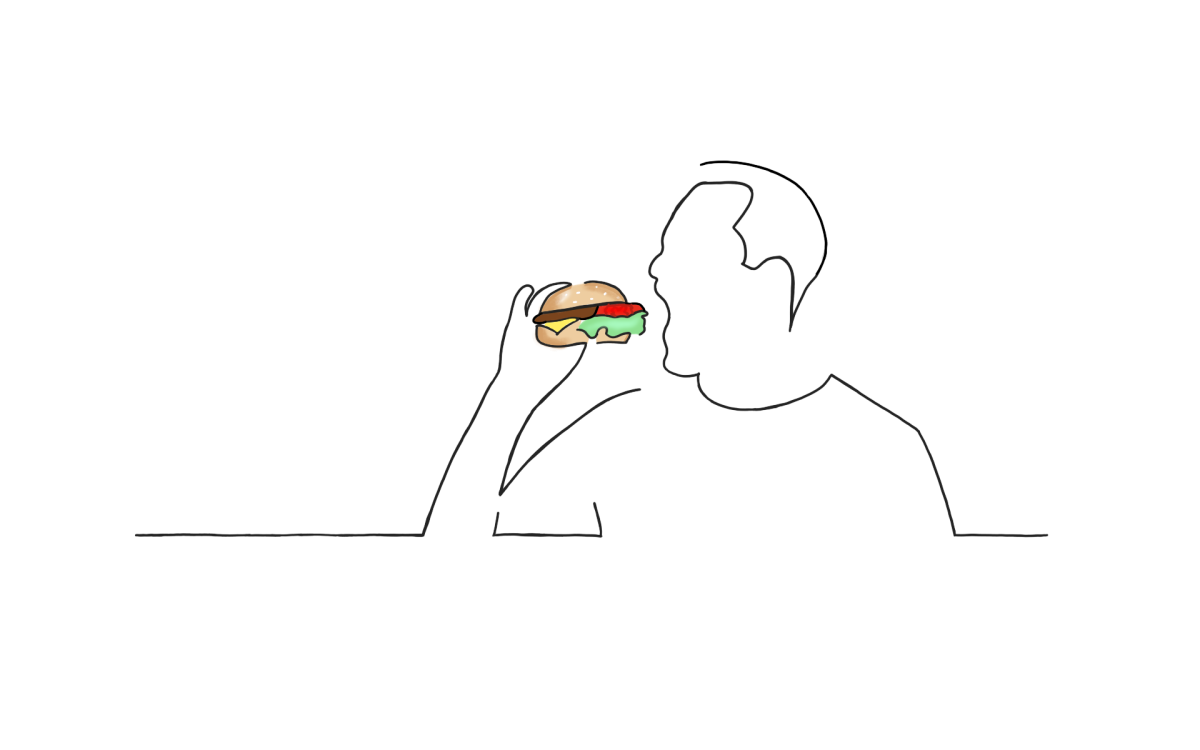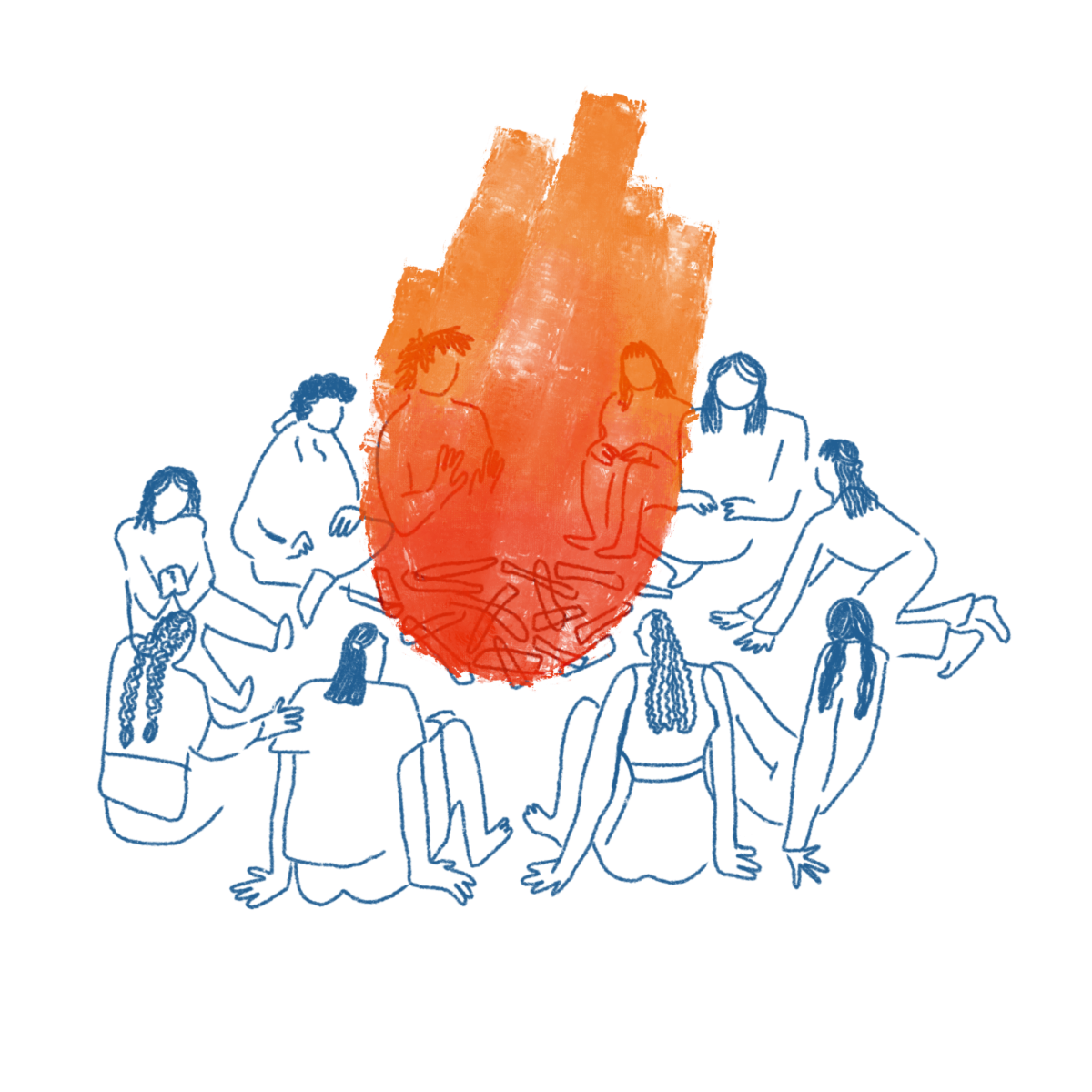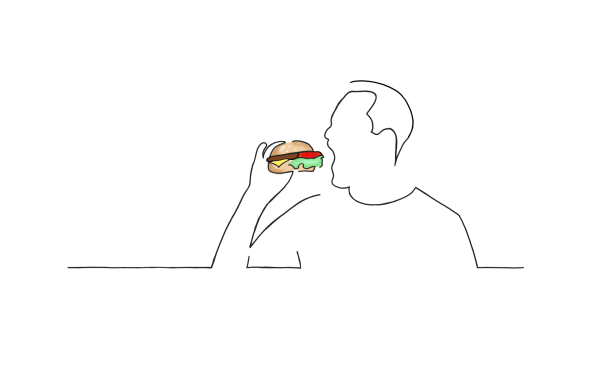A guide to Monkeypox
Monkeypox has been discussed frequently in the media due to its current outbreak in the United States. Questions arise about its transmission, its effect on the body, and how it will impact communities like ours. What is it, and what can we do to prevent it?
This disease is caused by the virus of the same name, and is commonly seen as akin to smallpox and cowpox. Because it’s a communicable disease, it spreads on contact with contaminated bodily fluids. Abstience or safe sex is encouraged between sexual and romantic partners, as the virus is highly transmittable within semen.
“The main symptom you see is a rash,” said Krista Spencer, Marshfield High School’s nurse. “Sometimes on the hands or the face, usually in the genitals or anus area.”
Initially, this rash could look like a cluster of pimples or blisters. Spencer refers to it as something that may even look like a bug bite. These sores have the opportunity to be painful, itchy, and filled with pus.
Doug Miles, a Career and Technical Education teacher for the high school’s health classes, provides more insight on the matter.
“Most people that get the disease only have light symptoms,” Miles said, “But some cases are more severe
and can cause strong symptoms.”
However dire the situation may seem, it’s important to note that Coos Bay has only one of the 161 confirmed monkeypox cases in Oregon. Spencer doesn’t expect to see an increase in our community at all, simply because we have a very small population. Miles agrees.
“Monkeypox isn’t something that the general public should be overly concerned about,” he said.
While it isn’t something to panic over, precautions should still be taken. This includes having a conversation with your partner and avoiding contact with anything belonging to an infected person. As with all diseases, handwashing is crucial.
Animals, as some may remember from the 2003 monkeypox outbreak, are also carriers. According to the Centers for Disease Control and Prevention, it can be assumed that all mammals are susceptible to infection.
Finding reliable information is also a great way to stay safe. Chad Scriven, geography and senior contemporary issues teacher, is well adept in finding such sources. In regards to the monkeypox situation, he recommends looking into the aforementioned CDC. They specialize in sniffing out infectious diseases as well as fighting outbreaks around the globe. Scriven also points that there is usually a pattern in the differences between reliable and unreliable information.
“The more sensational the headline or story is, the more skeptical we should be of the information the story is providing,” said Scriven.
Medical advisories, he explains, are going to be a dull read in comparison to sensationalized stories that use general statements to create fear. Those that are reliable are going to use statistics that display the infection and mortality rates.
On top of all this, Scriven encourages readers to seek out more than one source, thus confirming consistency of information.
“If one source is not similar to the information you are getting from other sources, you should look for clarification by consulting other sources you can trust,” he said.
Your donation will support the student journalists of Marshfield High School. Your contribution will allow us to purchase equipment and cover our annual website hosting costs.

Freshman Sophia Villers a first year member of the Marshfield Times. She has a super spoiled chihuahua named Tiny and was homeschooled in 6th and 7th grade...

Senior Aubrey Brooks is continuing her second year with The Marshfield Times staff. Most of her time consists of trying to knock books off her reading...


























